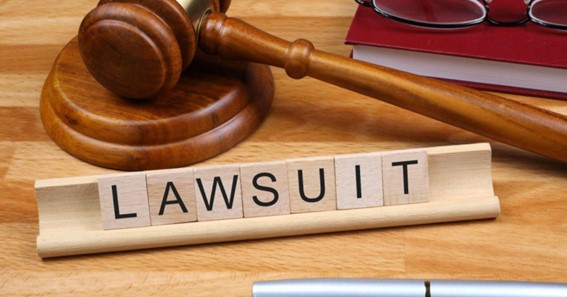Personal injury is a legal term that is used to describe an injury to a person’s body, mind, or reputation. For victims of personal injuries, the road to recovery is often long and tedious. This is because, not only do they have to deal with their injuries, they also have to manage the expenses that are increasing by the day.
But there is help. Reputable law firms, like The Levin Firm, excel in such instances. They have the expertise and experience required to get you the right compensation for the injuries and losses you’ve suffered. But personal injury cases aren’t straightforward.
The initial stages of a personal injury lawsuit are often the most difficult. There are a lot of arrangements to be made. This article discusses a part of that. It talks about the various documents that are used during the lawsuit.
Complaint
Also known as a petition, the complaint is the first document filed in a lawsuit. The purpose of the complaint is to notify the defendant of the facts of the plaintiff’s claims. The complaint usually includes the following information:
- The identities of the parties involved
- The reason why the court has the authority to hear the case
- The plaintiff’s version of the events
- The facts supporting the plaintiff’s version
- A demand for judgment section stating the expected remedies for the defendant’s actions (Also known as a prayer for relief)
Summons
An order sent from the court; the summons is a formal notification to the defendant about the lawsuit. It is a form document that contains information like:
- Name of the court
- Names of the parties involved
- The court’s identification number (Also known as docket number)
- A section that informs the defendant that they are being sued
- The time limit before which the defendant must respond
- The consequences of failing to respond
The summons is usually sent along with the complaint. It is either sent in person or delivered via mail.
Click here – Why Mushroom Lamps Are the Must-Have Trend of the Year!
Answer
The answer is the first document from the defendant. The purpose of an answer is to accept, refute, or counter the allegations mentioned in the complaint. In an answer, the defendant should respond to each paragraph in the complaint using one of the three forms. The forms are:
- Admitted
- Denied
- Insufficient knowledge to admit or deny
The answer also contains a section called counterclaims. This section will have affirmative defenses, which are reasons that prove the defendant’s innocence in the incident. The defendant can also mention their claim against the complaint in this section.
Cross-claim
Cross-claims are only filed when there are multiple parties in a lawsuit. It usually happens among co-plaintiffs or co-defendants. A cross-claim is filed when two or more parties, either plaintiffs or defendants, have a conflict among themselves due to the incident that led to the lawsuit.
Third-Party Complaint
There are instances where a third party will take responsibility for the actions of the defendant. One example of this is a contract that promises payment if the defendant is held liable in a case. The third-party cannot be included in the lawsuit unless the defendant files a third-party claim.
Third-Party Answer
This document is similar to the initial answer by the defendant. It is made by the individual who is involved in the lawsuit by the defendant.
Conclusion
What you read may not sound very complex, but there are a lot of technicalities involved. You will need the help of a lawyer to know how to send these documents and to use the right legal terms. With their assistance, you will be well poised for a successful personal injury claim.






